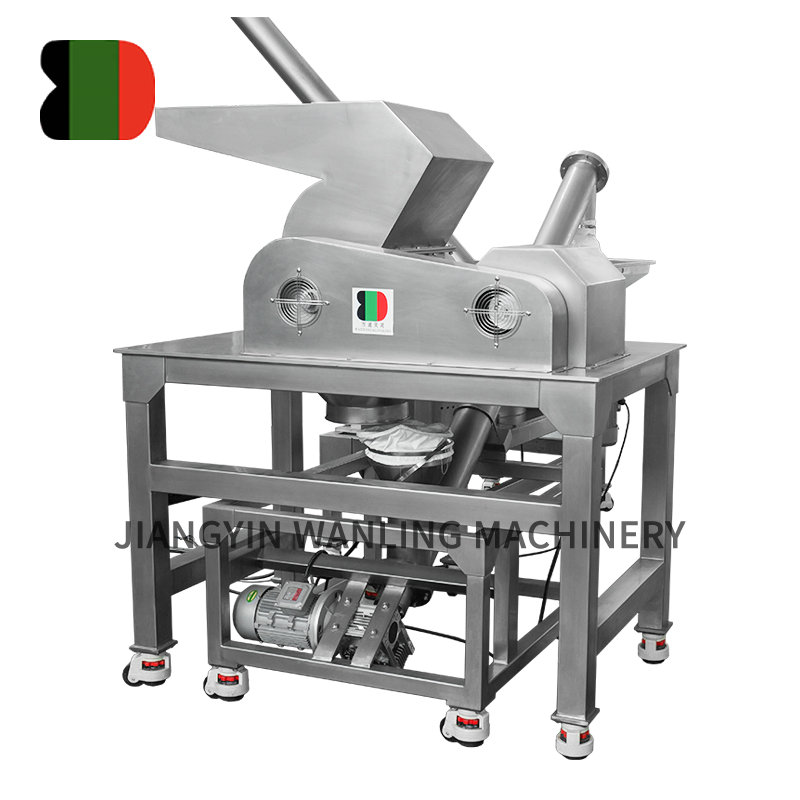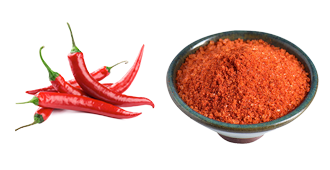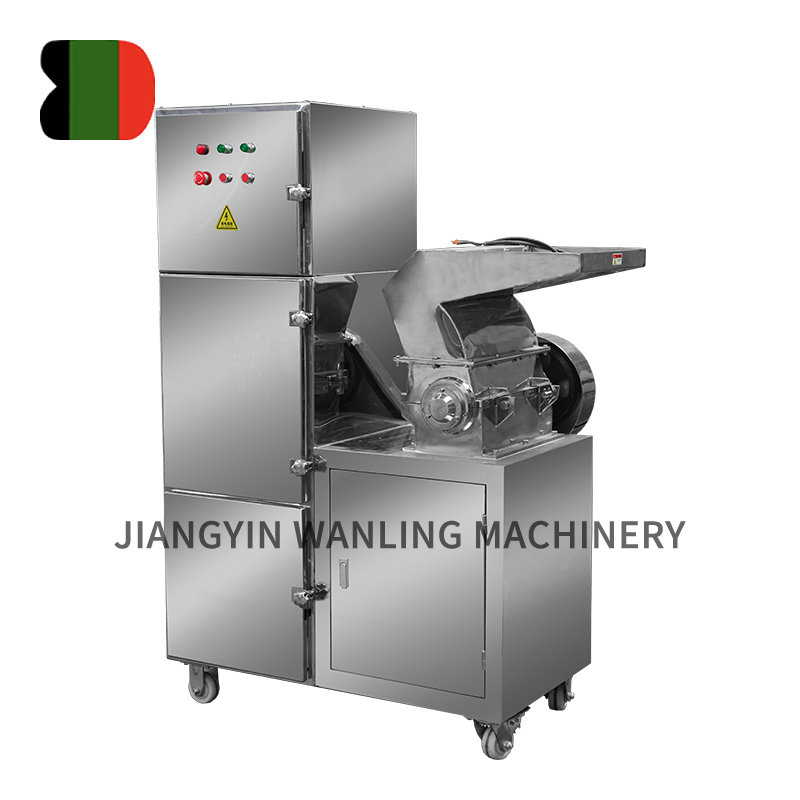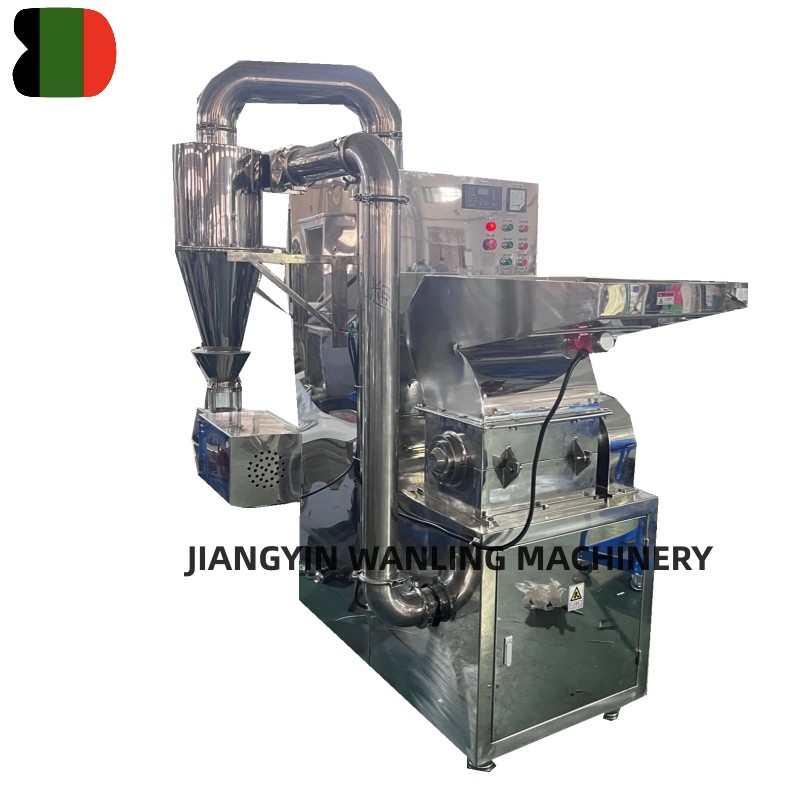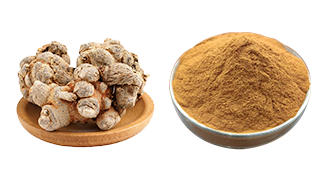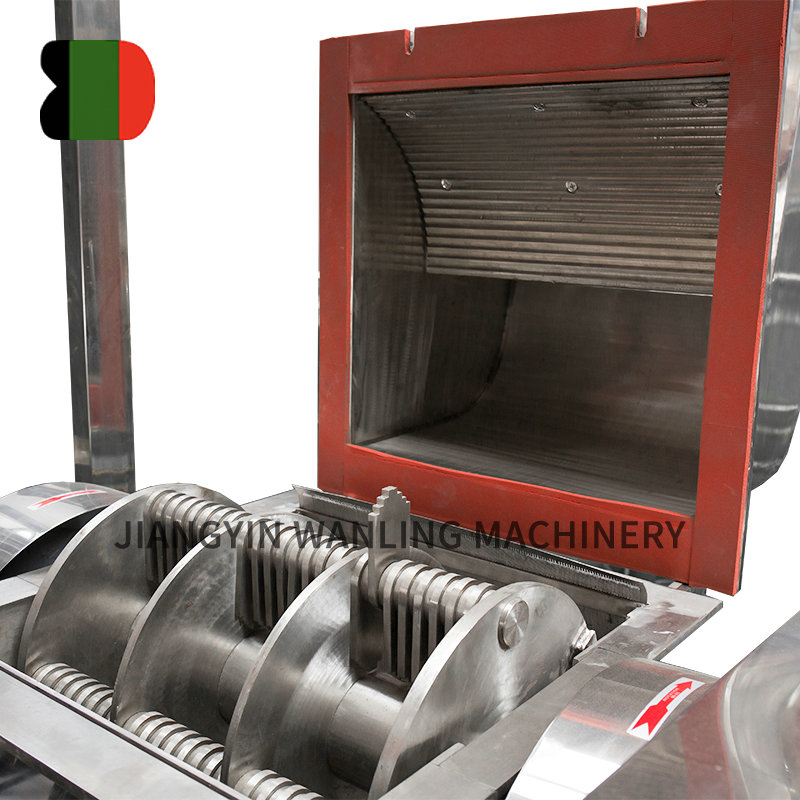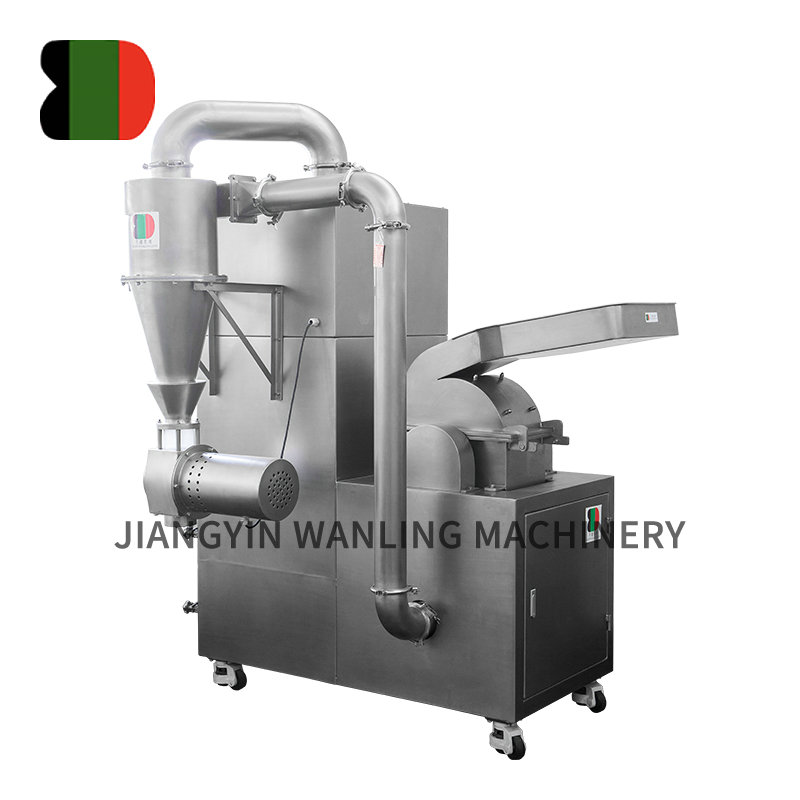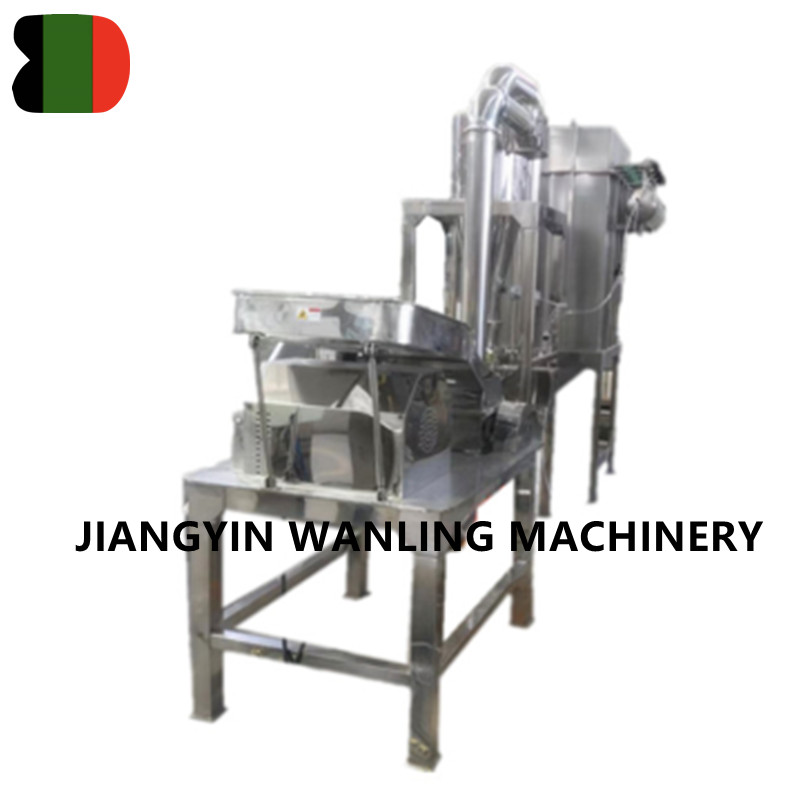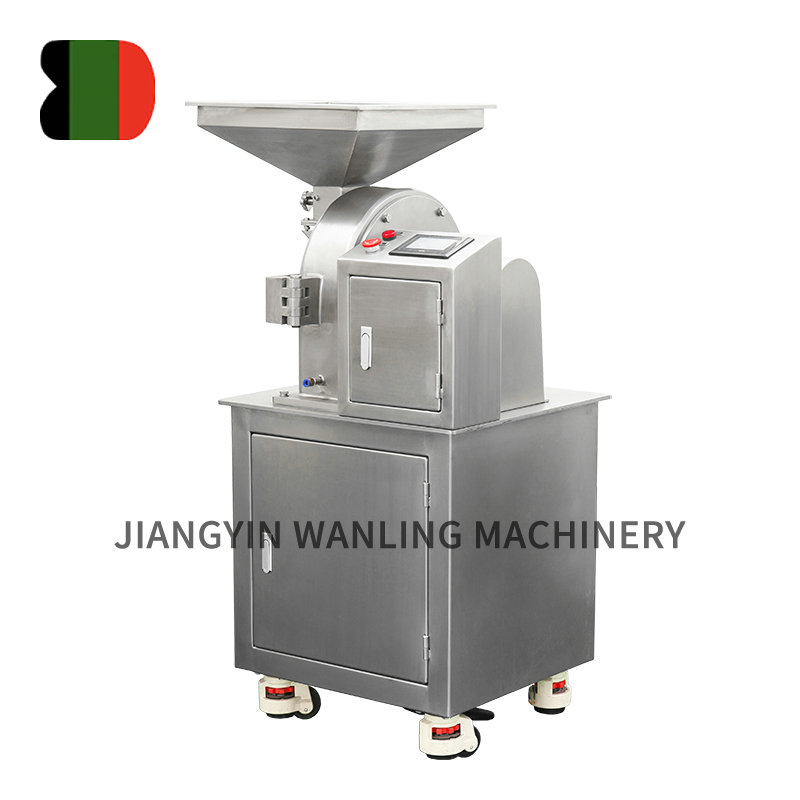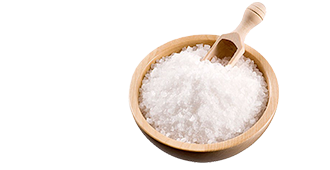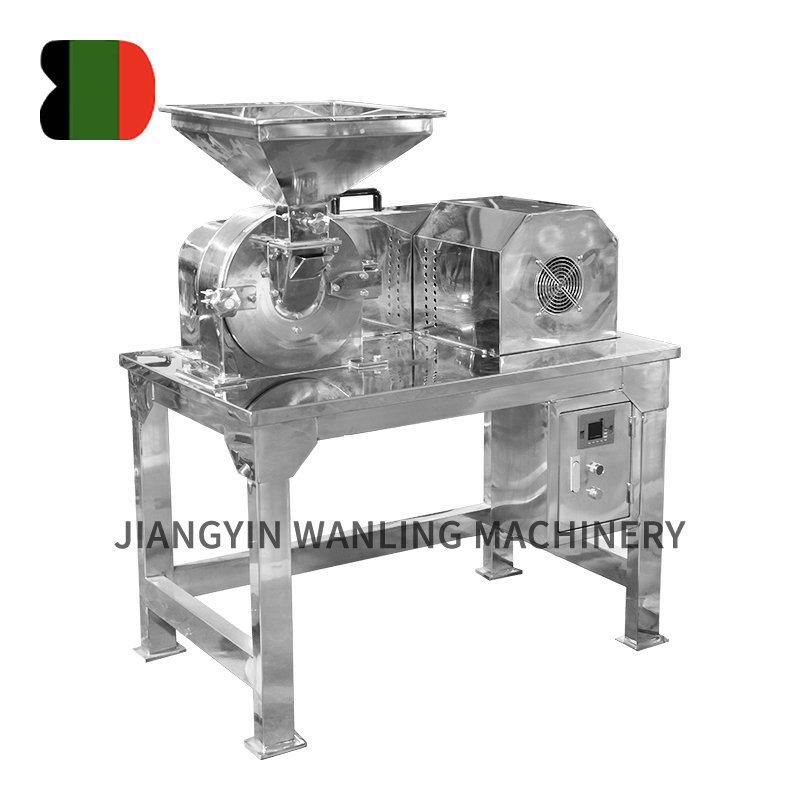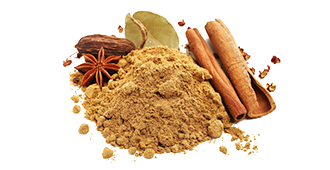1. Air-to-Air Heat Exchanger
How It Works: An air-to-air heat exchanger transfers heat from the warm exhaust air (which contains residual heat after drying) to the incoming cold air, effectively preheating the air that will be used for drying.
Integration: This system can be integrated into the exhaust ductwork and intake fan system. The warm exhaust air passes through a heat exchanger, transferring heat to the cool incoming air, which is then directed into the drying chamber. This reduces the need for external heating and minimizes the energy needed to maintain the desired air temperature.
Benefits:
Reduces energy demand: By preheating incoming air, the dryer requires less energy to bring air to the target temperature.
Improves drying efficiency: Preheated air helps maintain consistent drying conditions, improving drying times and product uniformity.
Cost savings: Reduces fuel or electricity consumption for heating.
2. Heat Recovery Ventilation (HRV) Systems
How It Works: Heat Recovery Ventilation (HRV) systems work by capturing the heat from the exhaust air and using it to warm incoming air. In an air tray dryer, this typically involves an HRV unit placed in the exhaust duct system.
Integration: The HRV system can be connected to the drying chamber’s ventilation or exhaust ductwork. The warm air from the exhaust is passed through a heat exchange matrix, where it transfers heat to the incoming air. The incoming air is then delivered to the drying process at a higher temperature.
Benefits:
Maximized heat utilization: HRVs can recover up to 80% of the heat from the exhaust, providing a significant reduction in energy costs.
Improved indoor air quality: HRVs also help to control ventilation and ensure fresh air is brought into the system without compromising drying efficiency.
Environmental impact: By reducing the need for external heating, HRV systems reduce carbon emissions associated with energy consumption.
3. Heat Recovery from Condensed Water Vapor
How It Works: As the material dries, moisture evaporates and is carried away with the exhaust air. This moisture often contains latent heat, which can be recovered by using condensation systems that capture and reuse this heat.
Integration: The system can be integrated into the dryer’s exhaust air system where the humid air is passed through a condensing unit (e.g., a heat exchanger or cooling system). The moisture is condensed, releasing latent heat, which can then be used to preheat the incoming air or assist in other parts of the process.
Benefits:
Reuses latent heat: The energy used to evaporate moisture is captured and reused, significantly improving efficiency.
Reduced water treatment needs: Condensing the moisture helps reduce the need for water treatment in some applications, depending on the type of product being dried.
Cost reduction: Reduces the need for external heating, lowering operating costs.
4. Heat Pumps
How It Works: Heat pumps can transfer heat from the exhaust air or ambient environment to the air entering the dryer. A heat pump extracts heat from the exhaust air and uses it to warm up the drying air, functioning similarly to a reversible refrigeration system.
Integration: Heat pumps can be integrated into the dryer system by linking them to the exhaust and intake air ducts. They can extract heat from the exhaust air and deliver it to the incoming air or even assist in maintaining temperature in other parts of the dryer.
Benefits:
High energy efficiency: Heat pumps can deliver up to three times more energy than they consume, making them very efficient in reducing energy consumption.
Environmental benefits: They utilize renewable heat sources, often resulting in lower carbon footprints compared to conventional heating systems.
Temperature control: Heat pumps provide precise control over the air temperature, improving consistency and quality in the drying process.

5. Recuperative Heat Exchanger (Plate or Shell-and-Tube)
How It Works: A recuperative heat exchanger is a direct contact heat exchanger where two air streams (one exhaust and one intake) are kept separate but pass through a series of plates or tubes. Heat is transferred through the walls of the exchanger, warming up the incoming air.
Integration: This system can be installed in the exhaust and intake air ducting. The exhaust air from the drying process passes through one set of plates, while the incoming air passes through another, transferring heat between the two streams without mixing the air.
Benefits:
High efficiency: Recuperative heat exchangers are very effective at transferring heat, recovering up to 70–80% of the heat from the exhaust air.
Reduced need for external heating: By preheating the intake air, recuperative exchangers reduce the energy required from traditional heating systems.
Improved system performance: They help maintain more consistent temperatures in the drying chamber, which leads to better control over drying rates and product quality.
6. Thermal Storage Systems
How It Works: Thermal storage systems store excess heat generated during the drying process (e.g., from hot air exhaust) in materials like water, phase-change materials, or other heat-absorbing substances. This stored heat can be released back into the system when needed.
Integration: These systems can be installed alongside the air tray dryer to store heat during peak operations (when excess heat is available) and release it back into the drying process during periods of lower energy demand.
Benefits:
Load shifting: Thermal storage allows energy usage to be shifted to non-peak hours, reducing energy costs during high-demand periods.
Enhanced system balance: It ensures the dryer operates at optimal temperatures without overusing energy.
Cost savings: Storing heat for later use reduces the need for additional fuel or electricity during the drying process.
7. Integrated System Solutions (Hybrid Systems)
How It Works: A combination of different heat recovery methods (e.g., air-to-air heat exchangers, heat pumps, and HRVs) can be integrated into a single hybrid heat recovery system to maximize overall efficiency.
Integration: By combining systems, such as coupling a heat pump with a heat exchanger, energy savings can be maximized across various stages of the drying process. Hybrid systems can be designed to switch between different modes based on real-time energy needs and environmental conditions.
Benefits:
Optimized energy consumption: Hybrid systems can adjust their recovery methods based on energy demand and environmental conditions, ensuring that the most energy-efficient method is always used.
Scalability: These systems can be scaled and customized based on the size and specific needs of the drying process, improving overall system flexibility and energy savings.



 Español
Español